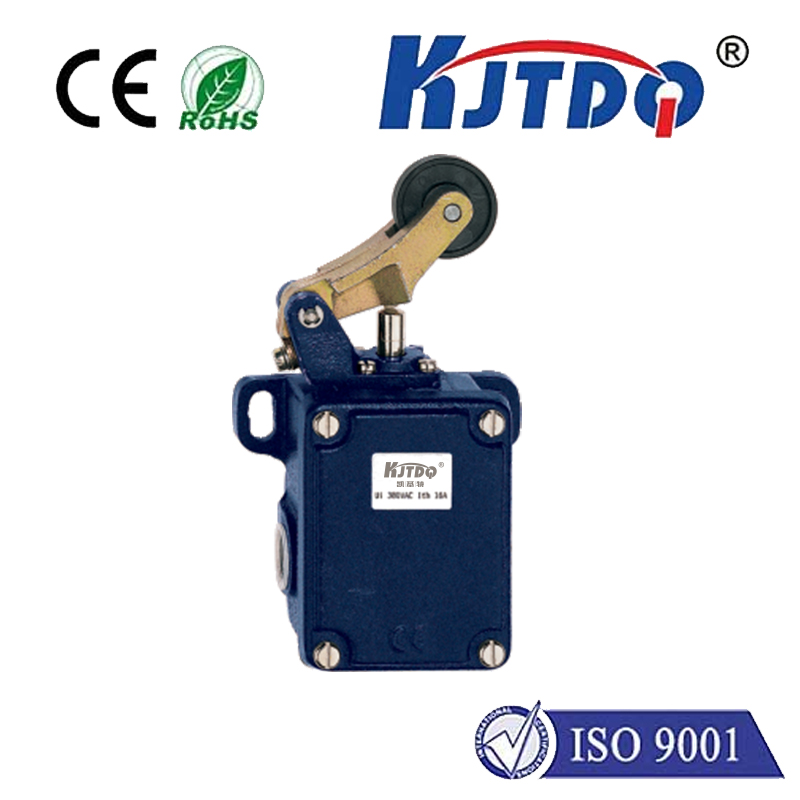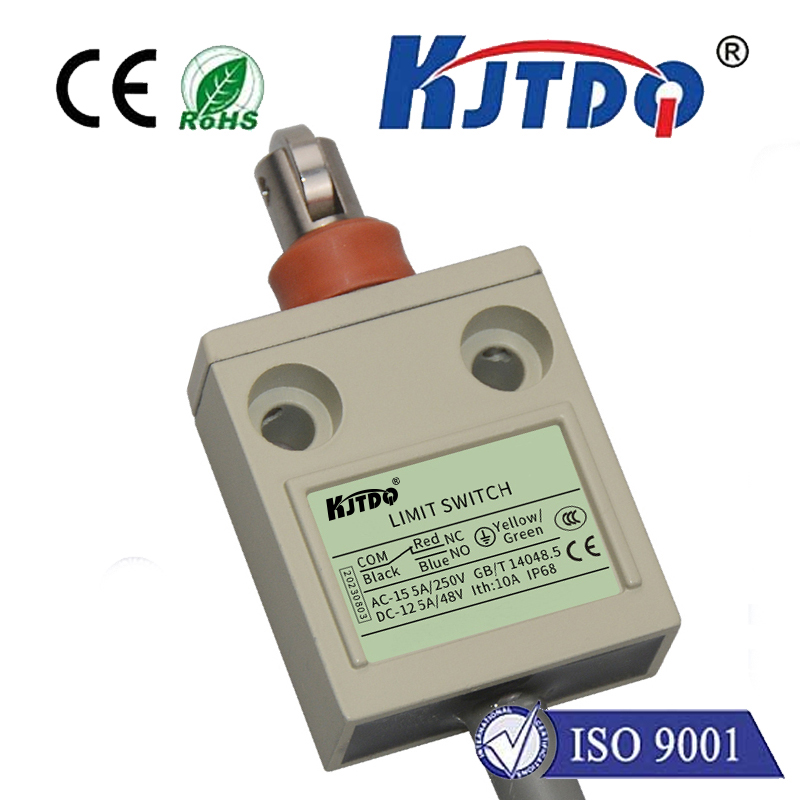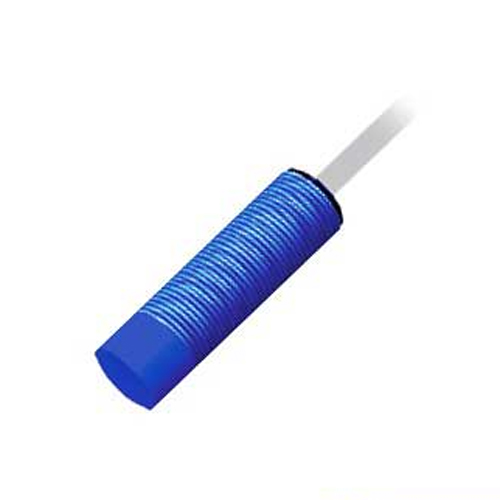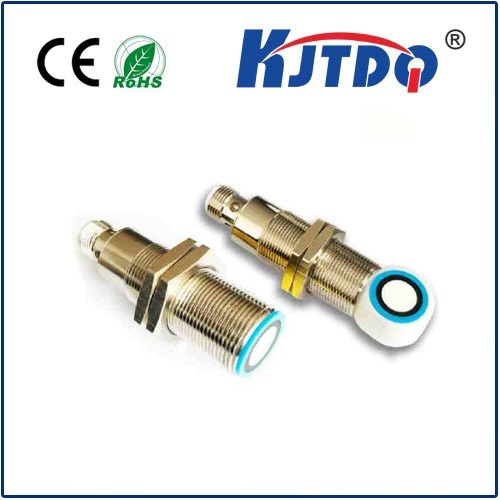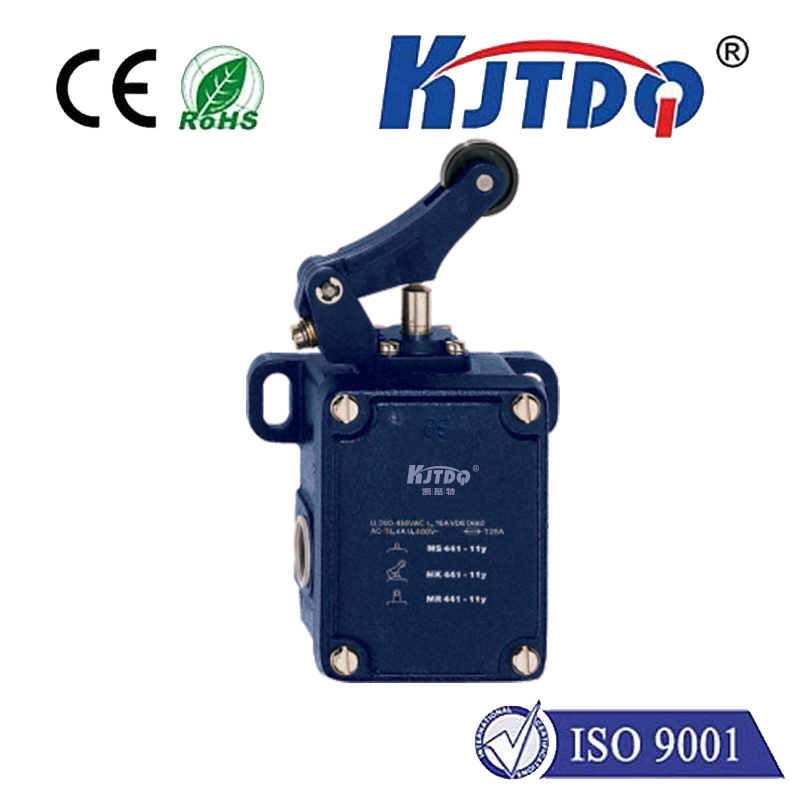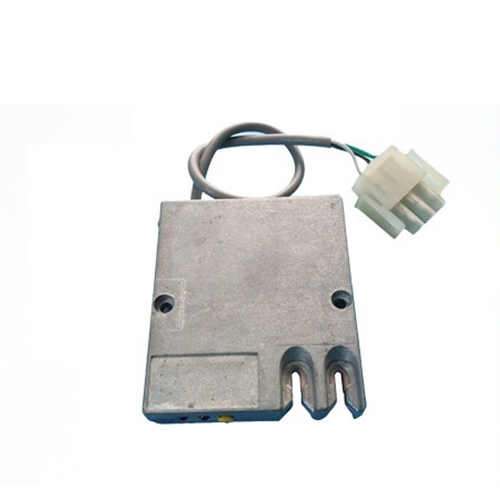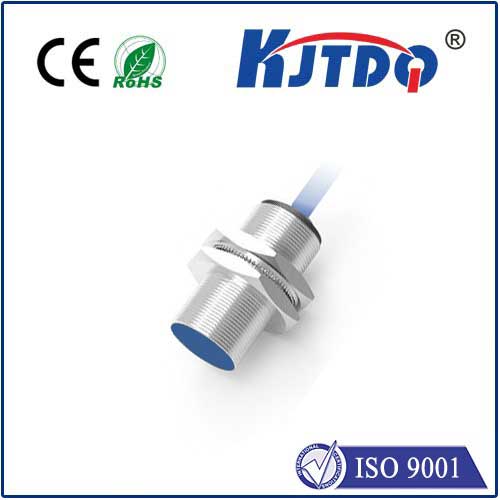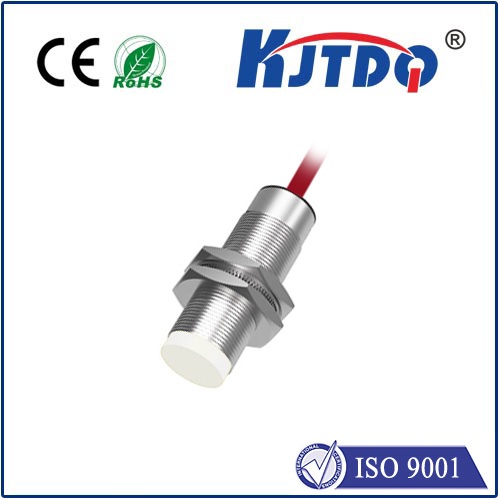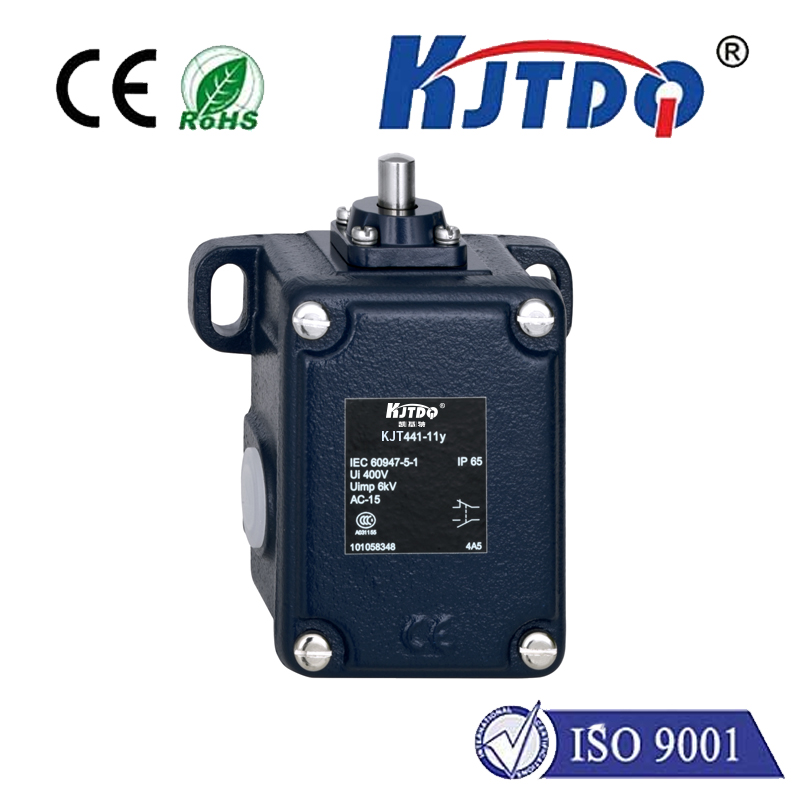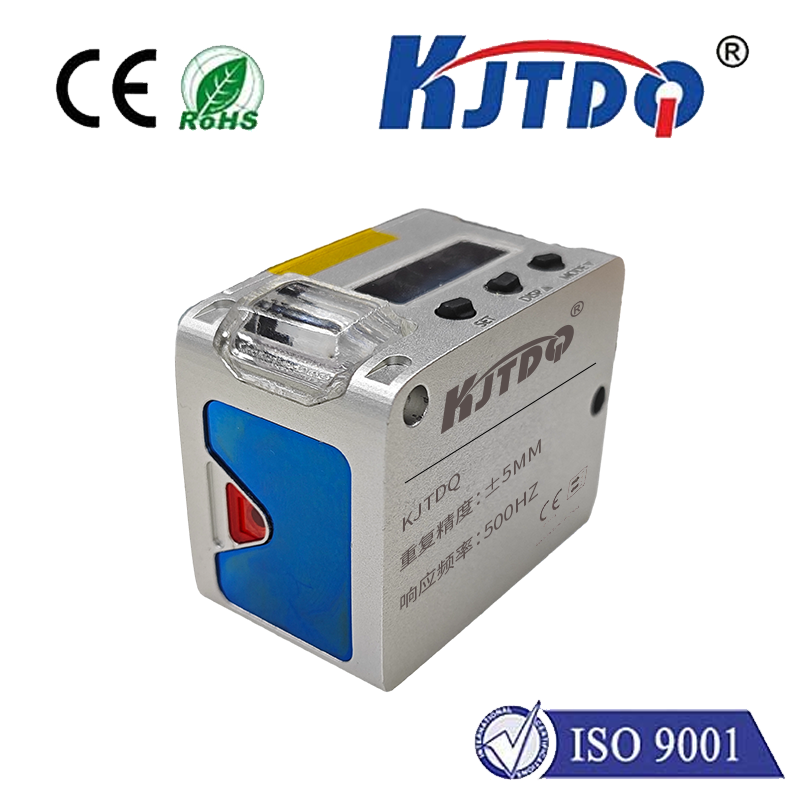

check

check

check

check
Imagine a high-speed packaging line suddenly halting because a robotic arm misjudged the position of a critical component. Seconds turn into minutes, production targets slip, and costs escalate. Often, the unsung hero – or the culprit – in preventing such costly disruptions is the humble proximity sensor. Among the reliable solutions enabling seamless automation stands the BHS001W proximity sensor. This device isn’t just another component; it’s a sophisticated sentinel, ensuring precision, reliability, and efficiency in countless demanding applications.
Proximity sensors are fundamental to modern industrial automation. They provide the essential “eyes” for machines, enabling non-contact detection of objects without the need for physical touch. This capability is crucial for ensuring smooth operation, preventing collisions, counting items, verifying positioning, and maintaining safety protocols. The BHS001W proximity sensor exemplifies this critical function, engineered to deliver consistent performance where it matters most.
Unpacking the BHS001W: Core Capabilities
The BHS001W proximity sensor operates primarily on the principle of capacitive sensing. Unlike inductive sensors (which detect metals) or photoelectric sensors (which use light beams), capacitive sensors react to changes in the capacitance of their sensing field. This field is sensitive to both metallic and non-metallic objects, including liquids, powders, plastics, and wood. This broad detection capability is a significant advantage in diverse industrial settings.

Here’s what makes the BHS001W proximity sensor particularly noteworthy:
Where the BHS001W Proximity Sensor Shines: Key Applications
The versatility and reliability of the BHS001W proximity sensor make it a go-to solution across numerous sectors:
The Value of Reliability: Why Choose the BHS001W Proximity Sensor?
In the relentless pace of modern manufacturing, downtime is the enemy. Sensor failure can cascade into line stoppages, costly scrap, missed deadlines, and frustrated operators. The BHS001W proximity sensor addresses this head-on by prioritizing consistent, dependable performance. Its robust build quality withstands the rigors of the factory floor, its immunity to interference prevents erratic behavior, and its wide applicability reduces the need for multiple sensor types in many scenarios.
Beyond just detecting objects, the BHS001W proximity sensor contributes to overall process quality and efficiency. By providing precise and timely feedback, it ensures operations run smoothly, parts are handled correctly, and resources are used optimally. This translates directly into reduced operating costs, lower scrap rates, higher throughput, and enhanced product quality. Its long service life and minimal maintenance requirements further solidify its position as a cost-effective solution for the long term.
Optimizing Performance and Longevity
To maximize the effectiveness and lifespan of your BHS001W proximity sensor, consider these simple but crucial tips:
The BHS001W proximity sensor represents a critical building block in the framework of intelligent automation. Its ability to reliably “see” a diverse range of materials without contact, coupled with its ruggedness and ease of use, makes it an indispensable tool for engineers and technicians striving for efficiency, quality, and uptime. Whether tasked with monitoring a delicate liquid level or ensuring a plastic part is present before a critical welding step, the BHS001W proximity sensor delivers the precision sensing and unwavering reliability that modern industry demands.
